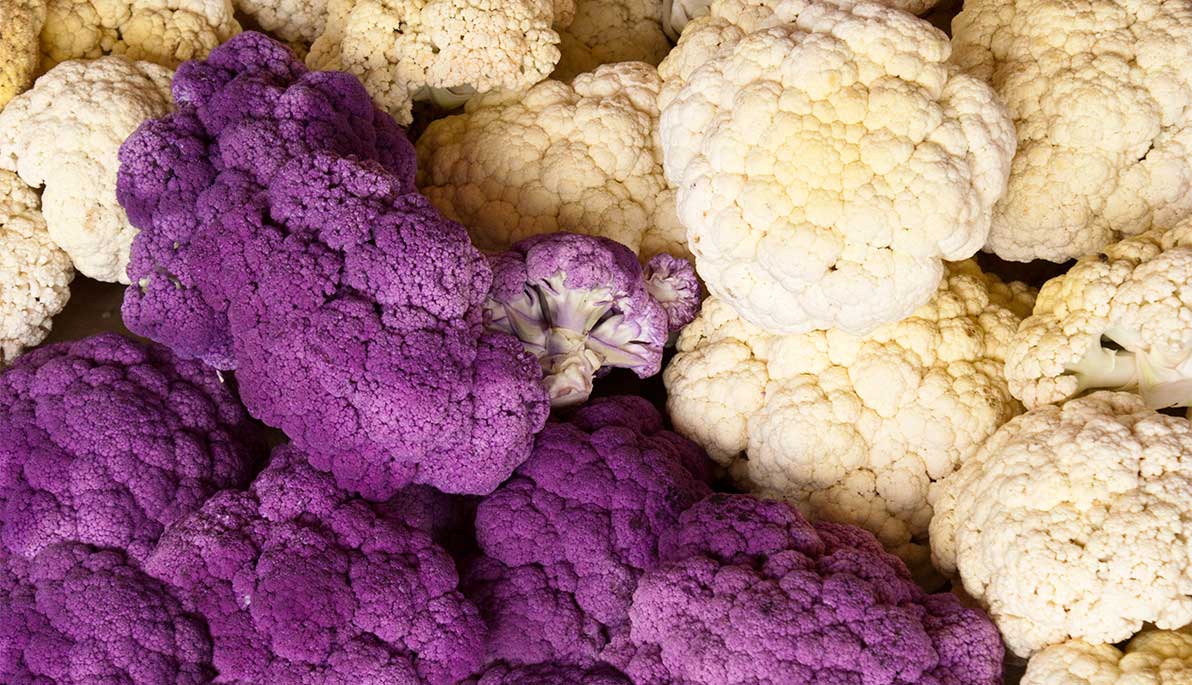News
Food Trends for 2017
January 17, 2017
New years bring new trends, in everything from fashion to food. Here, Mindy Haar, Ph.D., RD, CDN, FAND, director of academic management, interdisciplinary health sciences, at NYIT School of Health Professions., explains which healthy foods will be trending up in 2017. Bon appétit!
When it comes to nutrition, when we hear the word “trend” we may think of an unhealthy fad diet or some expensive specialty food or restaurant. Fortunately, in recent years, there have been several trends that have culminated in making it easier to increase the amount of nutrient-packed fruits, vegetables, whole grains, and legumes and reduce saturated fat, sugar, and sodium. When foods become “trendy,” they can often be found in more supermarkets and at more reasonable prices. Similarly, since we know peer pressure is a definite factor in eating behavior, when individuals adopt more healthful practices, their friends may follow.
Here are some food trends to keep an eye on in 2017:
Cauliflower: According to some, cauliflower will gain the popularity that kale has achieved. Buy it fresh or frozen, add it to salads or roast it at 400 degrees in the oven. "Riced" cauliflower comes in bags and is great for throwing into soups and/or pasta as it adds lots of nutrition with almost no calories. Recipes for cauliflower pizza utilize riced cauliflower instead of wheat flour for the crust.
Purple Vegetables: The substances that give fruit and vegetables their color are considered phytonutrients and we are learning more and more how healthful they may be. Anthocyanin gives red cabbage and purple cauliflower their distinctive color and research suggests that its antioxidant action may reduce the risk of heart disease and certain cancers.
Bean Pastas: While pasta made from black beans, lentils, or edamame (soybeans), contains a similar number of calories as pasta made from white flour, it is higher in fiber and protein. While protein is usually adequate in most Americans’ diets, many fall far short of the recommended 14 grams of fiber for every 1,000 calories consumed.
Plant-Based Meals: It’s hard to completely give up animal products, but moving towards a more plant-based diet can result in similar nutrition benefits that vegetarians enjoy. Substitute a few meals containing meat each week with beans or tofu, and generally eat smaller portions of meat and larger portions of vegetables, legumes, and whole grains.
Bowl Foods: Carefully arranging meal components in a bowl may increase appreciation for the aromas and visual appeal of the selections. This mindfulness may take you one step closer to slower, more focused eating with less temptation to overeat.
Meal Kits: With so much of the unnecessary sodium and fat that Americans consume coming from restaurant foods, many are opting to change to more meals at home. Because many of us have a lack of time, the practice of purchasing meal kits that contain all of the components of a healthy, home cooked meal is becoming more predominant. While many are more nutritious than eating out, cost may be problematic: Create your own meal kits by keeping staples handy, such as frozen fruits and vegetables and easy to prepare whole grains like couscous and quinoa. Cook in quantity and freeze meal-size portions!

By Mindy Haar




